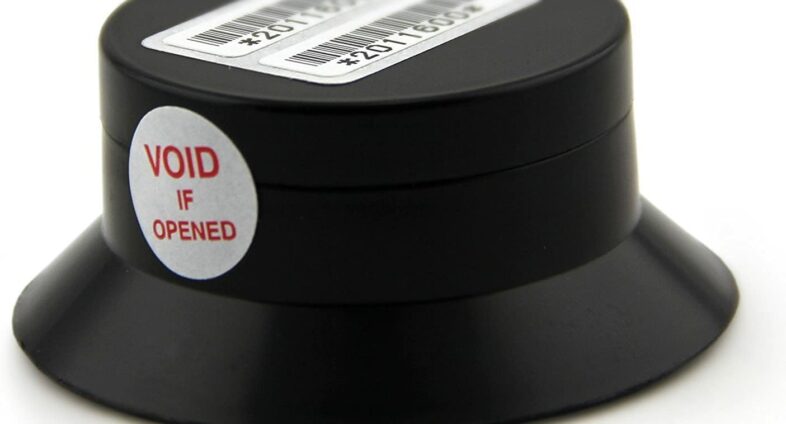What is radon?
Radon is a naturally occurring radioactive gas created by the breakdown of uranium in the ground. You can’t see, smell or taste radon.
What are the health effects of radon?
In the open air, radon poses limited health risks, as radon escaping from the soil is diluted in the open air. However, in confined spaces, such as homes, radon can build up and become a health hazard. Exposure to high levels of radon has been associated with an increased risk of lung cancer. In Canada, radon is the second leading cause of lung cancer after tobacco smoke, and the leading cause of lung-cancer in non-smokers.
The health risk from radon exposure is long-term and mainly depends on:
- Radon concentration
- Duration of exposure
- Smoking habits or exposure to second-hand smoke
Smokers are at significantly higher risk of developing lung cancer when exposed to radon. A non-smoker exposed to radon has a lifetime lung cancer risk of 1 in 20. A smoker NOT exposed to radon has a lifetime lung cancer risk of 1 in 10, whereas a smoker exposed to radon has a lifetime lung cancer risk of 1 in 3.
How does radon get into my home?
Radon gas can enter your home through cracks in the foundation or basement of a home, through sump pumps, floor drains, or any other opening where the house contacts the soil.
Is there radon in my home?
Every house contains some amount of radon. The age or location of a house can’t predict the level of radon. Radon concentration will vary from home to home, neighbour to neighbour. Any house could be at risk. The ONLY way to know the radon level in your home is to TEST.
How can I test for radon in my home?
You can purchase a radon test kit from most hardware stores or online retailers.
How can I reduce radon in my home?
The Canadian guideline for radon levels in indoor air is 200 Becquerels per cubic meter (Bq/m3). According to Health Canada, here are the top 3 ways to reduce radon in your home:
- Hiring a certified professional lowers radon by up to 90%
- Increasing home ventilation lowers radon by 25-50%
- Sealing cracks lowers radon by 13%
You can read more about testing and fixing your home at the following links:
- Take Action on Radon – Health Canada (current)
- Radon: Is it in your Home? – Health Canada (2017)
- Radon in Ontario (PDF) – Public Health Ontario (2014)
- Radon Reduction Guide for Canadians – Health Canada (2014)


